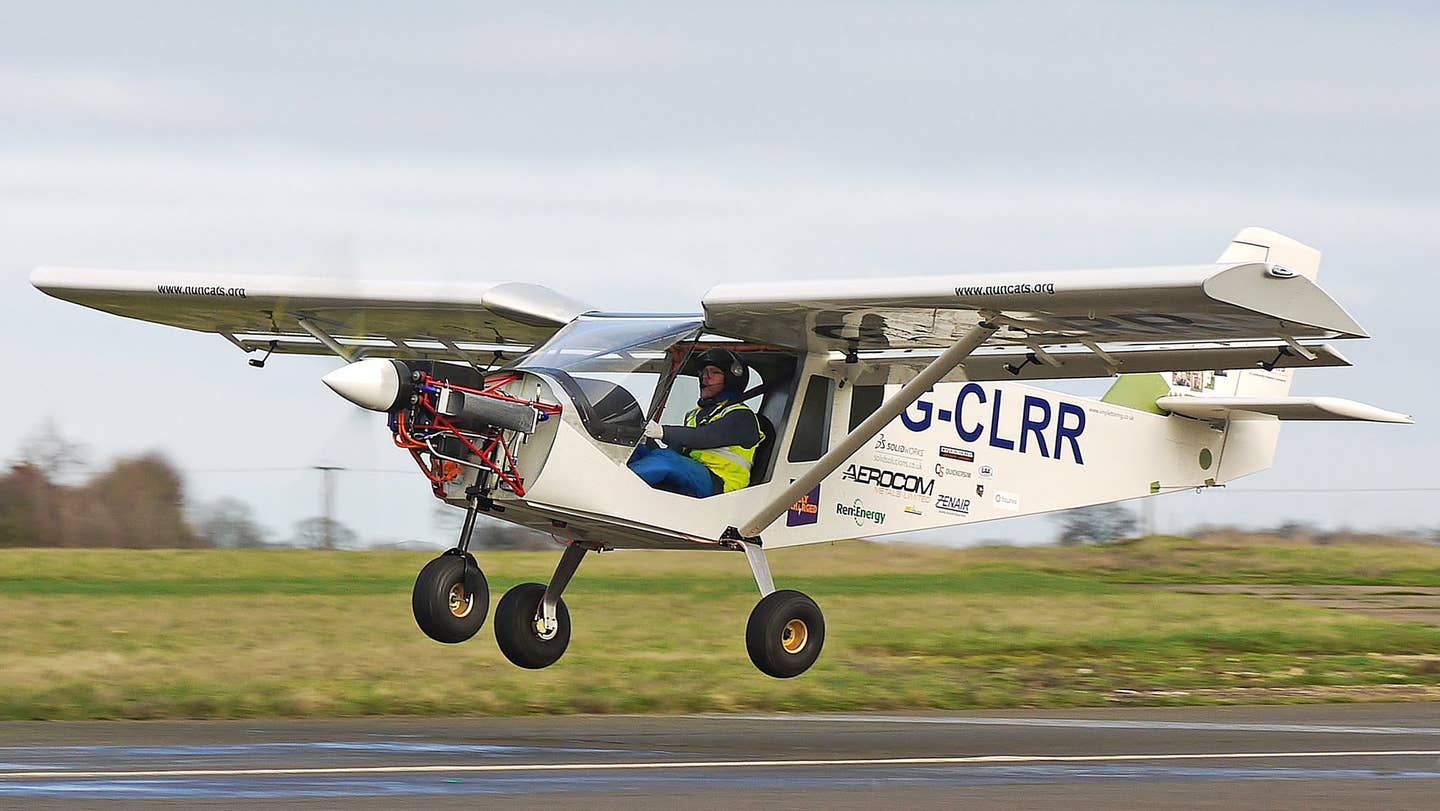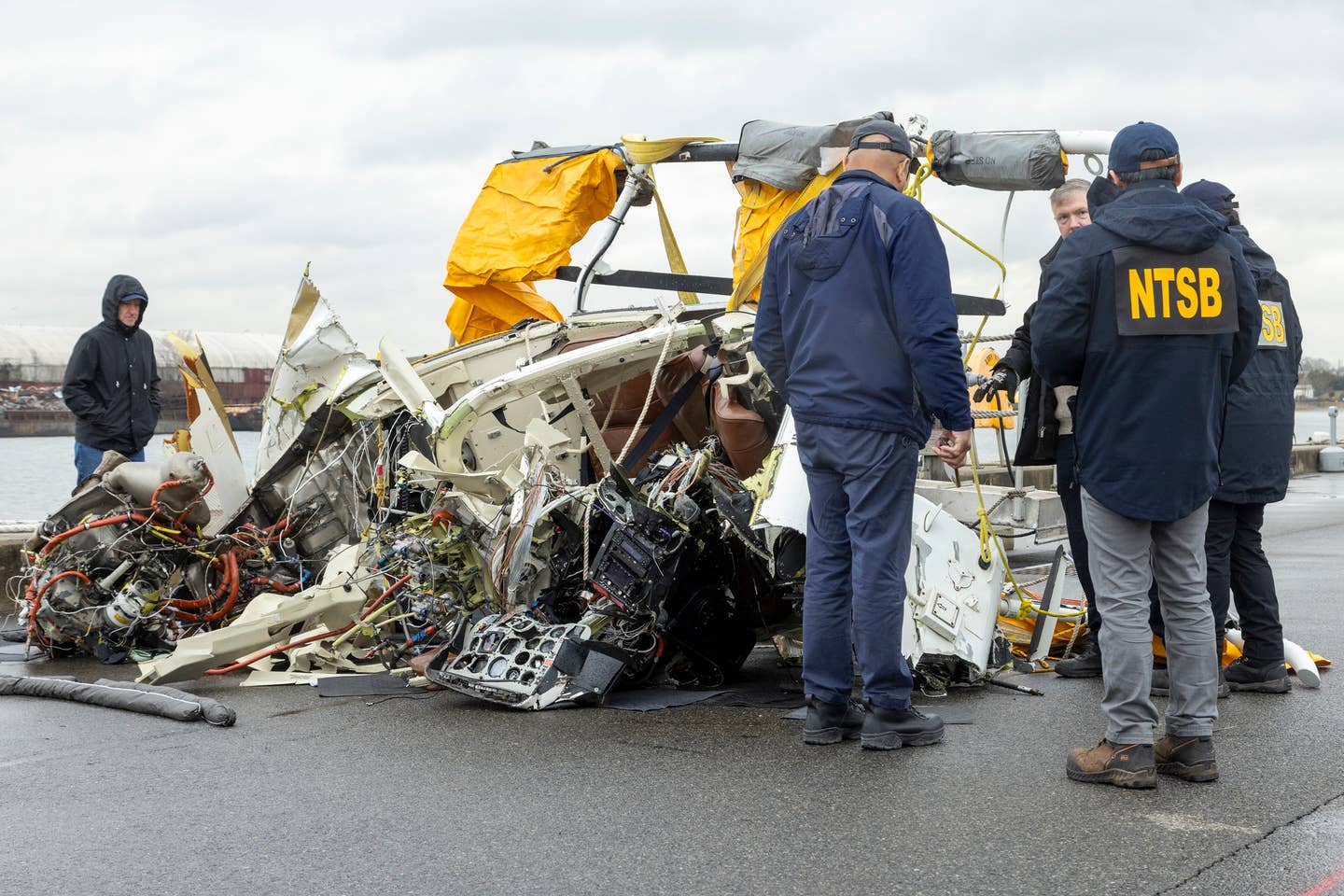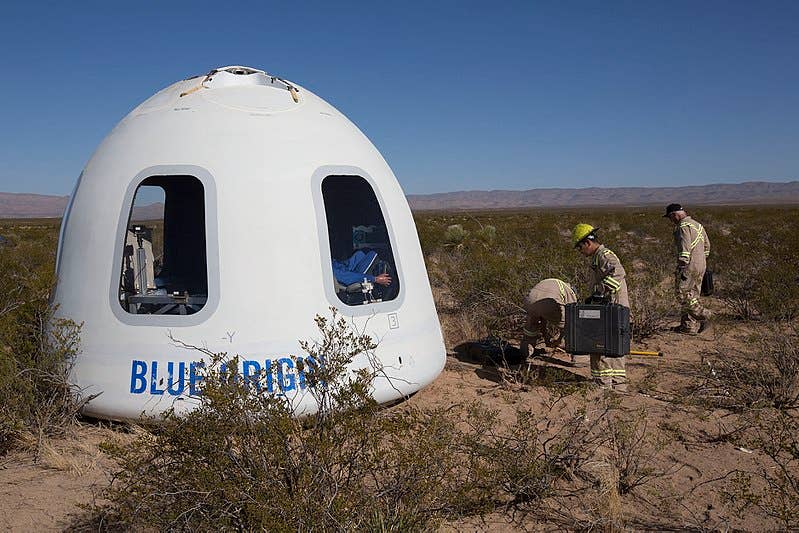Electric Zenith CH 750 Completes First Flight
A Zenith CH 750 Cruzer kit aircraft powered by an electric motor has completed its first flight at England’s Old Buckenham Aerodrome (EGSV). The CH 750 was built and flown…

Image: NUNCATS
A Zenith CH 750 Cruzer kit aircraft powered by an electric motor has completed its first flight at England’s Old Buckenham Aerodrome (EGSV). The CH 750 was built and flown by U.K.-based nonprofit organization NUNCATS, which partnered with kit manufacturer Zenith Aircraft Company and several investors for the project. According to Zenith, the flight is the first in a test program that will “establish range, endurance, payload and performance figures in different battery/weight configurations.”
“While we all know that today’s battery technology will not permit the range and endurance available with ICE [internal combustion engines], there are some clear advantages of electric power in addition to the more obvious sustainability claims,” said Zenith President Sebastien Heintz. “The simplicity of electric motors has the potential to make light aircraft propulsion systems more reliable and easier to install and maintain … and near-instantly available torque of electric power can further improve upon the STOL (short take-off and landing) performance of Zenith kit aircraft designs.”
Founded in 2019, NUNCATS has been building its electric CH 750 for three years. The organization says it plans to use the aircraft to transport doctors, teachers and medical supplies to remote communities in Africa. NUNCATS is also partnering with charter company SaxonAir, the International Aviation Academy Norwich (IAAN), Action Community Enterprises (ACE), East Coast College and Vattenfall on a second electric CH 750 that is being built by IAAN students.






